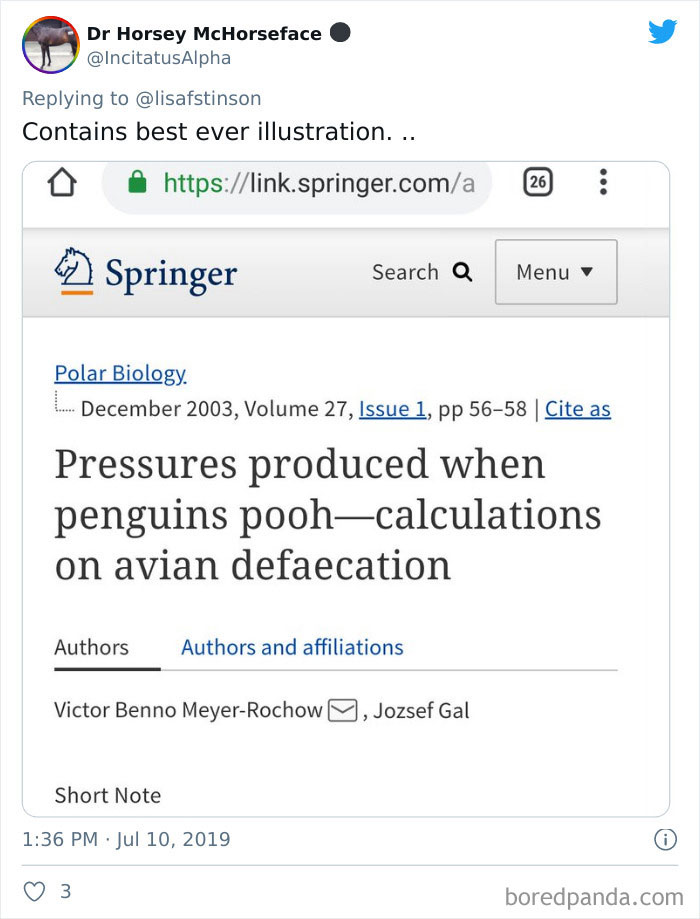this post was submitted on 22 Mar 2024
184 points (96.9% liked)
Science Memes
10950 readers
1955 users here now
Welcome to c/science_memes @ Mander.xyz!
A place for majestic STEMLORD peacocking, as well as memes about the realities of working in a lab.

Rules
- Don't throw mud. Behave like an intellectual and remember the human.
- Keep it rooted (on topic).
- No spam.
- Infographics welcome, get schooled.
This is a science community. We use the Dawkins definition of meme.
Research Committee
Other Mander Communities
Science and Research
Biology and Life Sciences
- !abiogenesis@mander.xyz
- !animal-behavior@mander.xyz
- !anthropology@mander.xyz
- !arachnology@mander.xyz
- !balconygardening@slrpnk.net
- !biodiversity@mander.xyz
- !biology@mander.xyz
- !biophysics@mander.xyz
- !botany@mander.xyz
- !ecology@mander.xyz
- !entomology@mander.xyz
- !fermentation@mander.xyz
- !herpetology@mander.xyz
- !houseplants@mander.xyz
- !medicine@mander.xyz
- !microscopy@mander.xyz
- !mycology@mander.xyz
- !nudibranchs@mander.xyz
- !nutrition@mander.xyz
- !palaeoecology@mander.xyz
- !palaeontology@mander.xyz
- !photosynthesis@mander.xyz
- !plantid@mander.xyz
- !plants@mander.xyz
- !reptiles and amphibians@mander.xyz
Physical Sciences
- !astronomy@mander.xyz
- !chemistry@mander.xyz
- !earthscience@mander.xyz
- !geography@mander.xyz
- !geospatial@mander.xyz
- !nuclear@mander.xyz
- !physics@mander.xyz
- !quantum-computing@mander.xyz
- !spectroscopy@mander.xyz
Humanities and Social Sciences
Practical and Applied Sciences
- !exercise-and sports-science@mander.xyz
- !gardening@mander.xyz
- !self sufficiency@mander.xyz
- !soilscience@slrpnk.net
- !terrariums@mander.xyz
- !timelapse@mander.xyz
Memes
Miscellaneous
founded 2 years ago
MODERATORS
you are viewing a single comment's thread
view the rest of the comments
view the rest of the comments

Whose idea was this?
Who paid for it?
Probably nobody. Study like this wouldn't cost much, you'd just be reviewing footage of penguins looking for them to shit. Easy way to get an authorship credit.
My guess anyway, I haven't actually checked the methodology.
Looks like it was a follow up to someone asking an entertaining question during a lecture, which is the best reason to do some science!
Someone measured enough penguins to find the average ~~butthole~~cloaca size though. I would NOT do that for free..
Basic animal physiology for common animals is pretty well nailed down, I presume you could look that up. We probably also know how big their internal organs are, on average, just as an example.
Also note, for free vs no reward are not the same. Being cited as an author of something, anything, is important for advancement and recognition in your field. Students seldom get much financial compensation for the research necessary to graduate, for instance.
That said, I'm guessing. I am not in biology or any of its offshoots.
This guy was all about biology and it's offshoots!
They at least thank the "New Zealand Universiy Grant Committee", so them maybe?